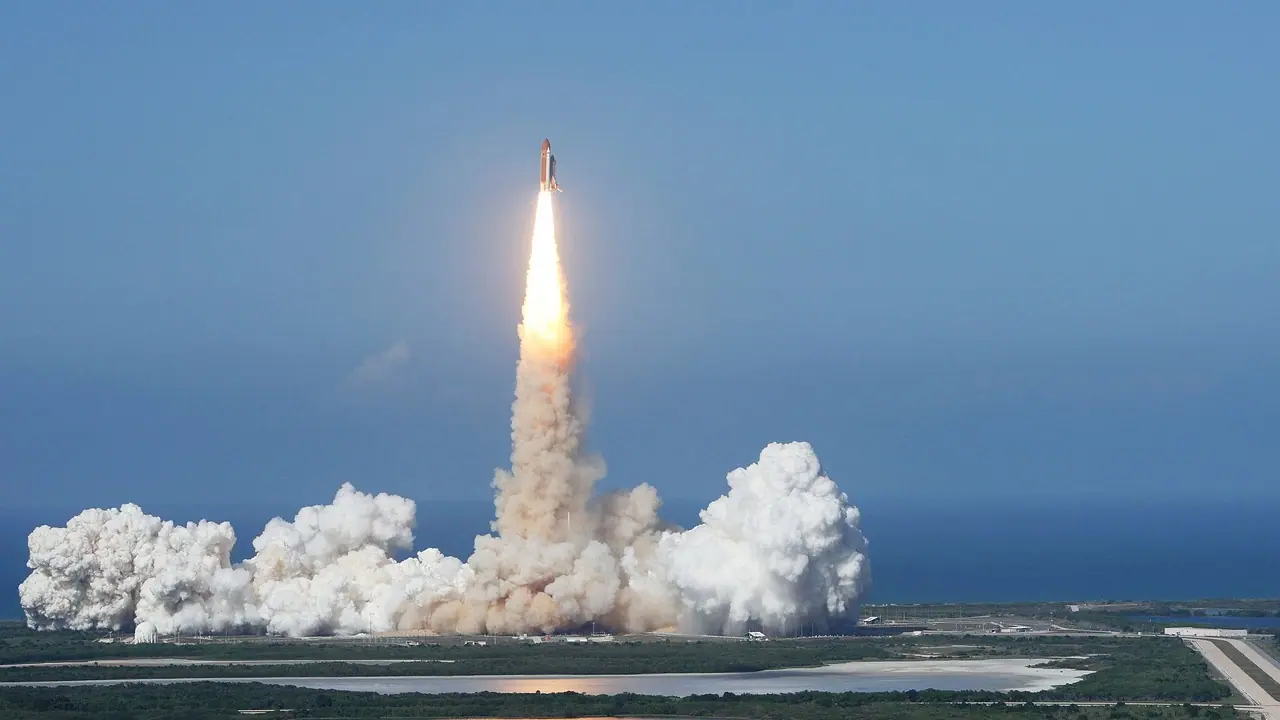The quest was not at all easy. Rocket parts and payloads were brought in by bullock carts and bicycle. Following six months of tedious work, on 21 November 1963, India’s rocket was ready for launch
Prime Minister Narendra Modi, while addressing the nation on the 72nd Independence Day, said a son or daughter of India will go to space with a tricolour in hand by 2022. Not many of us may be aware of India started its journey to space 53 years ago.
On November 21, 1963, the Asian nation launched her first rocket from Thumba, a suburb of Thiruvananthapuram in Kerala.
But why Thumba? Well, there was something that caught father of India’s space programme, Dr Vikram Sarabhai’s eyes – a small church, situated on the Earth’s magnetic equator. Moreover, Thumba’s location was ideal for low-altitude, upper atmosphere and ionosphere studies – all crucial for a successful rocket launch.
After the parishioners granted permission to use the church, the villagers were relocated and a brand new church was built for them within 100 days at theri new village.
The Thumba church then became a workshop, The bishop’s home was converted into an office and the nearby cattle sheds functioned as storage houses and laboratories.
The quest was not at all easy. Rocket parts and payloads were brought in by bullock carts and bicycle. Following six months of tedious work, on 21 November 1963, India’s rocket was ready for launch.
During the launch, the scientists faced trouble as the hydraulic crane developed a leak and the rocket was manually shifted to position.
However, all the hard work paid off and at 6.25 pm as India’s first rocket zoomed into the atmosphere.
If you are wondering what happened to Thumba and the church? Well, Thumba became the hub of all space programmes by ISRO. And as for the little church, it became a space museum after 15 years.
